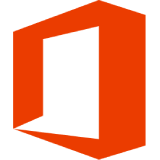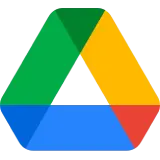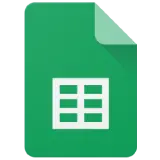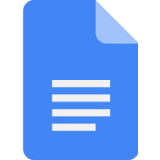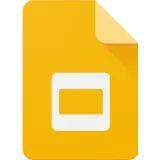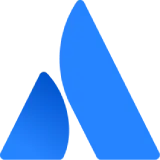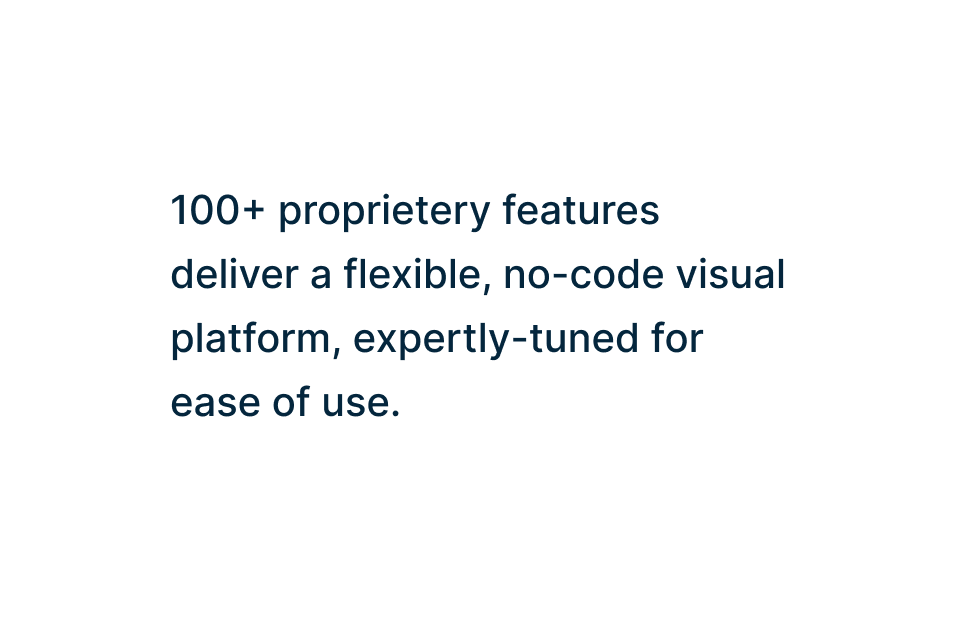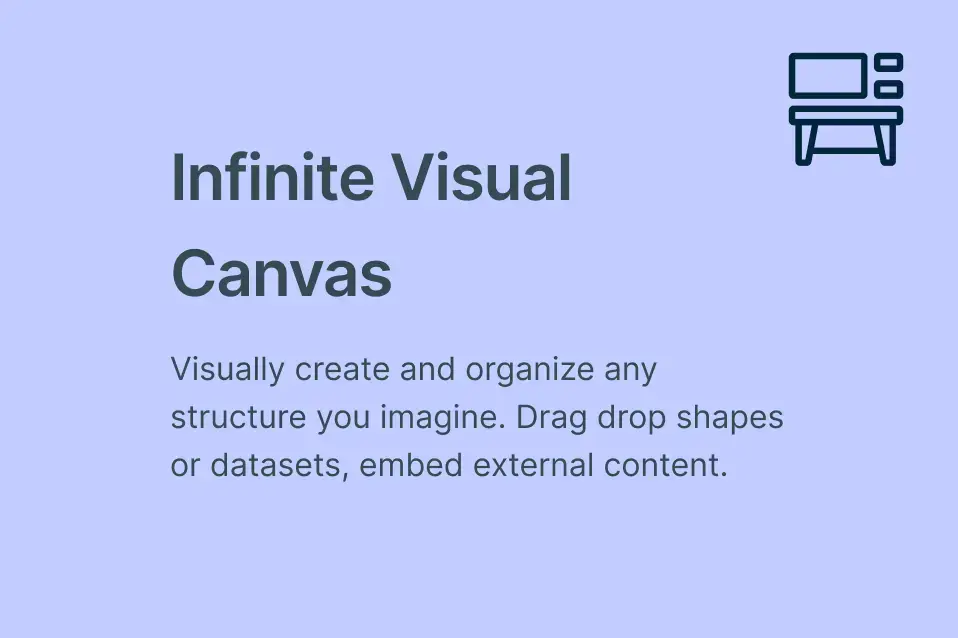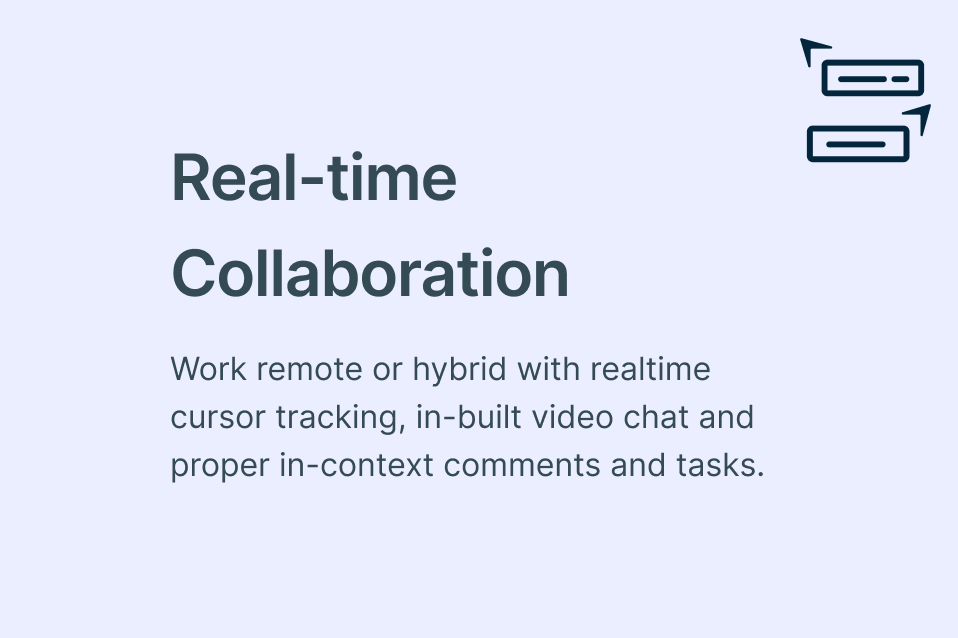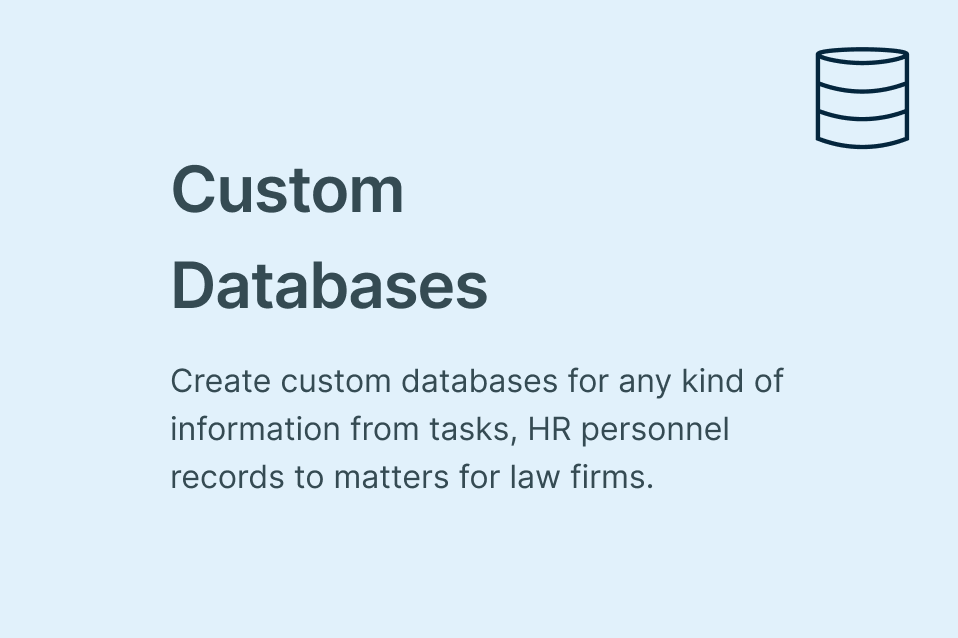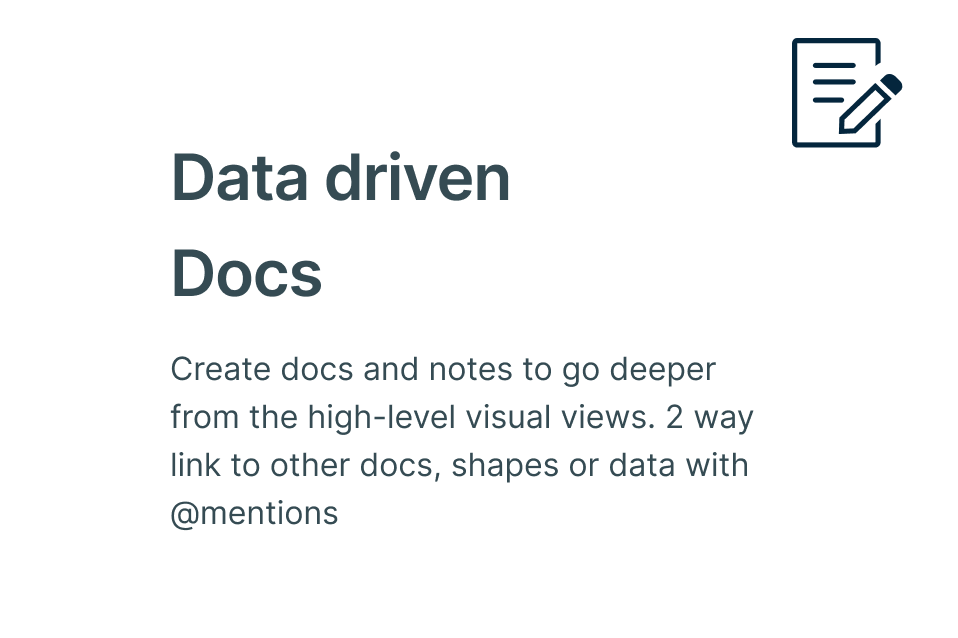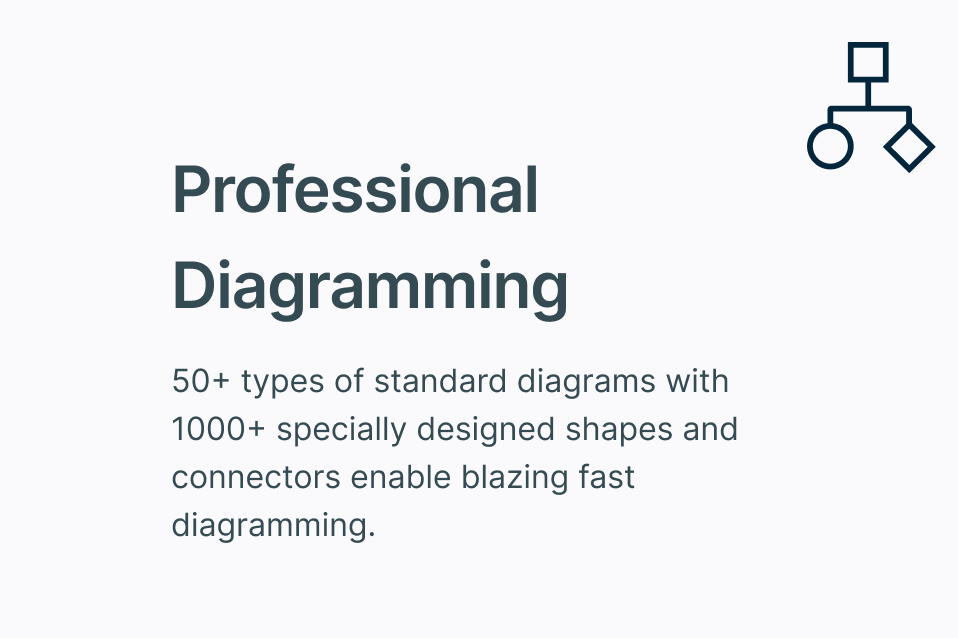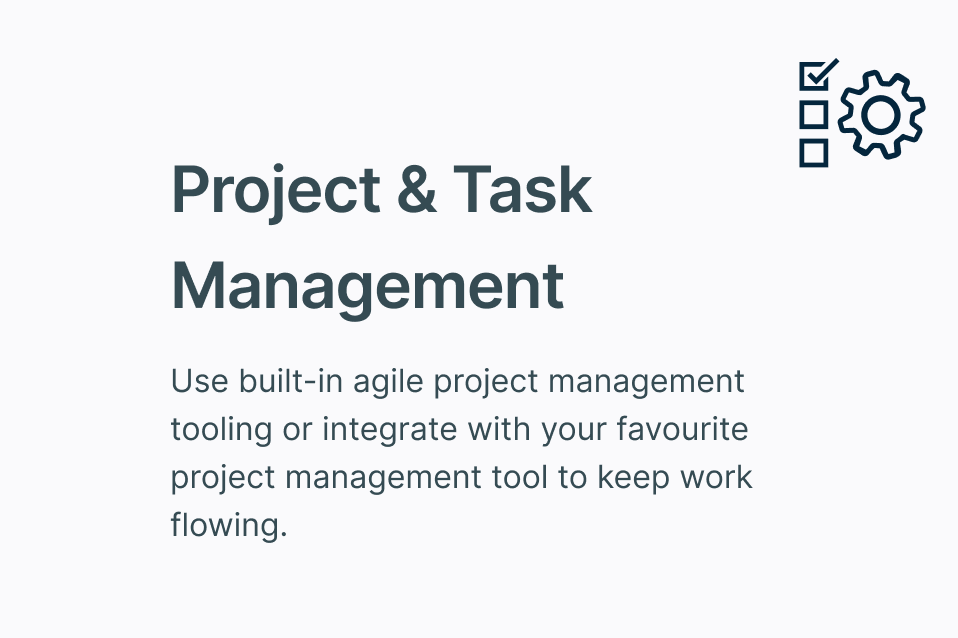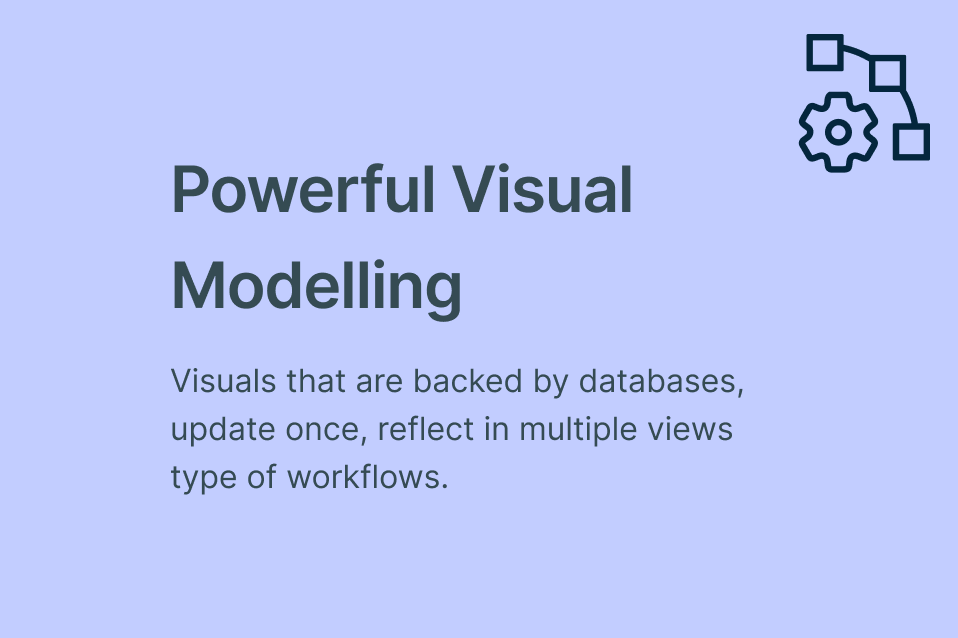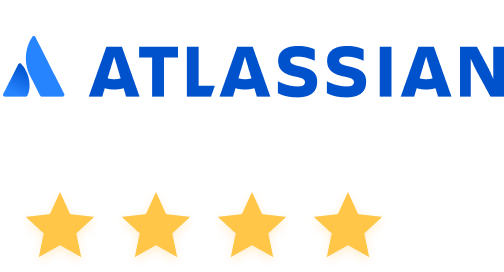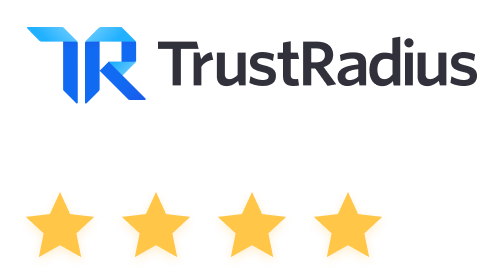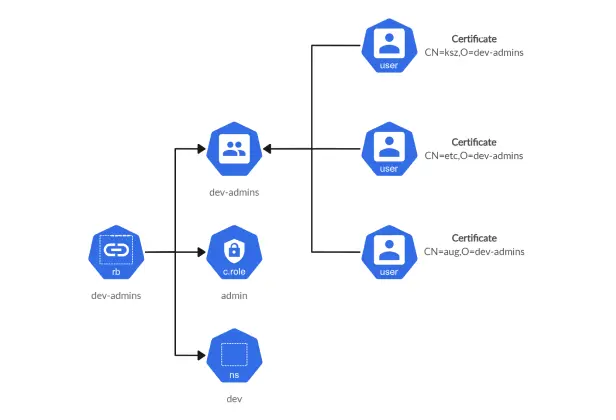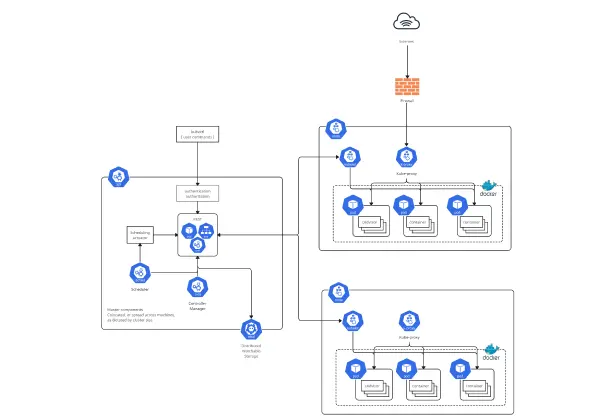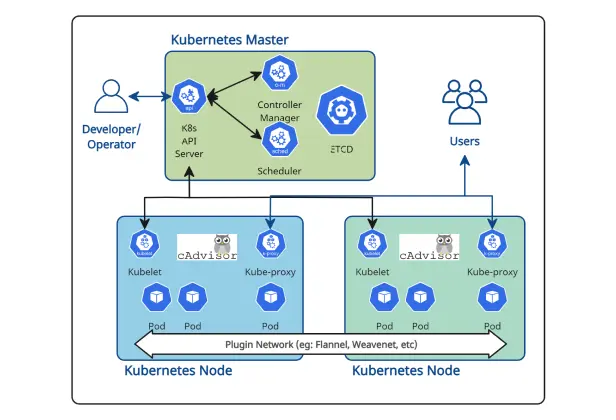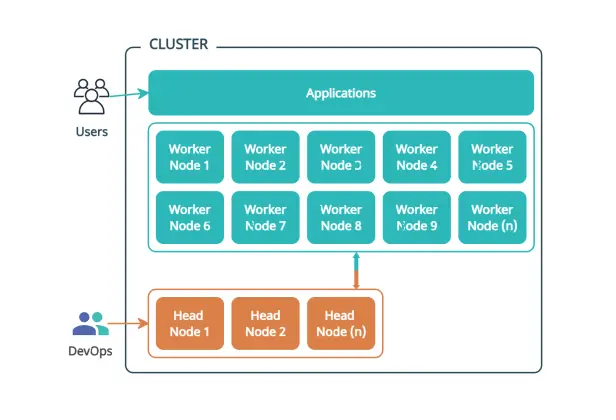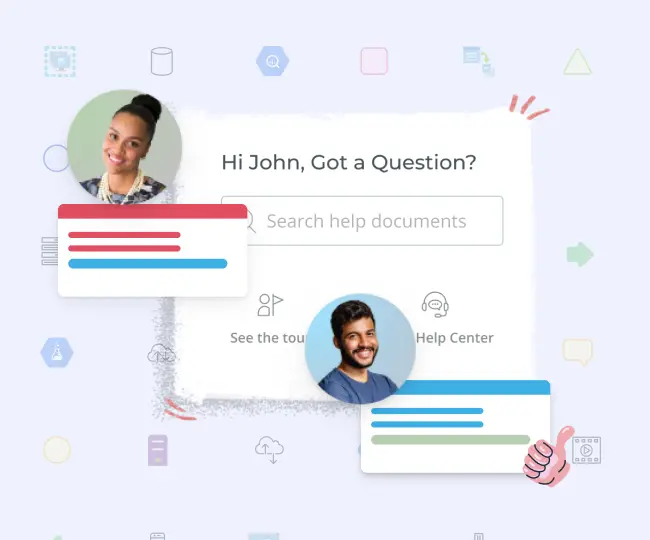Kubernetes Architecture Diagram Tool
Visually Design Your K8s Architecture
Create, edit, and share Kubernetes architecture diagrams with Creately. Easily represent the deployment, scale, and management of your containerized applications.
Easy-to-use visual canvas to plan Kubernetes clusters
Extensive Kubernetes shape library & Icons
Real-time collaboration to work with teams with Kubernetes architecture diagram tool
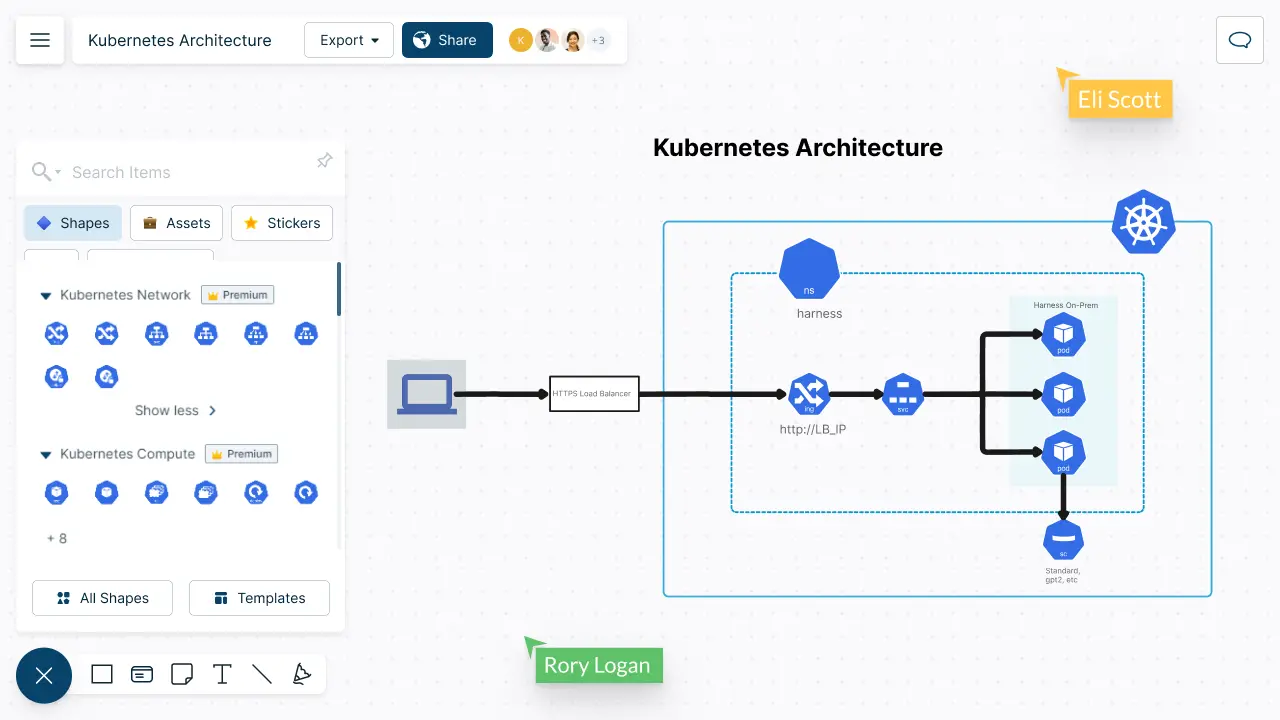
How to make a Kubernetes Architecture Diagram?
Easily Draw Kubernetes Architecture Diagrams Online with These Templates
Document Ideas & Plans at the Speed of Thought with kubernetes deployment diagram
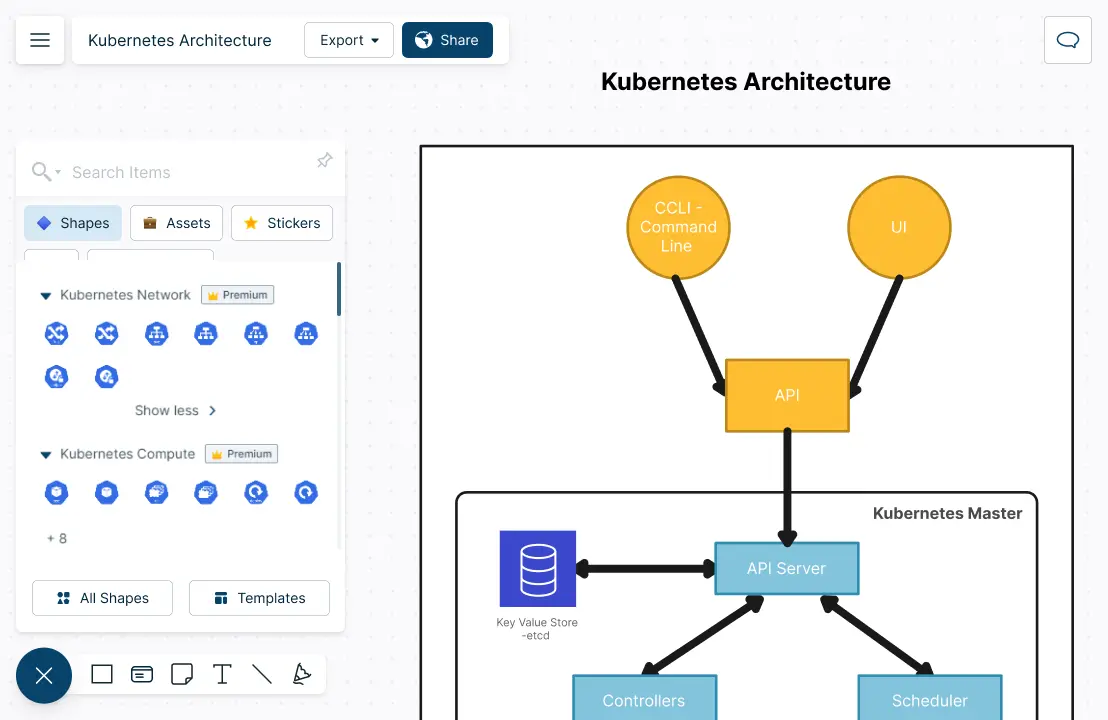
Multiple Kubernetes Architecture diagram templates for infrastructure design, architecture plans, cluster placements, functional pathways, & more.
Comprehensive AWS, GCP & Azure shape sets to define your deployment plans.
Easy drag and drop interface for smooth cluster visualization.

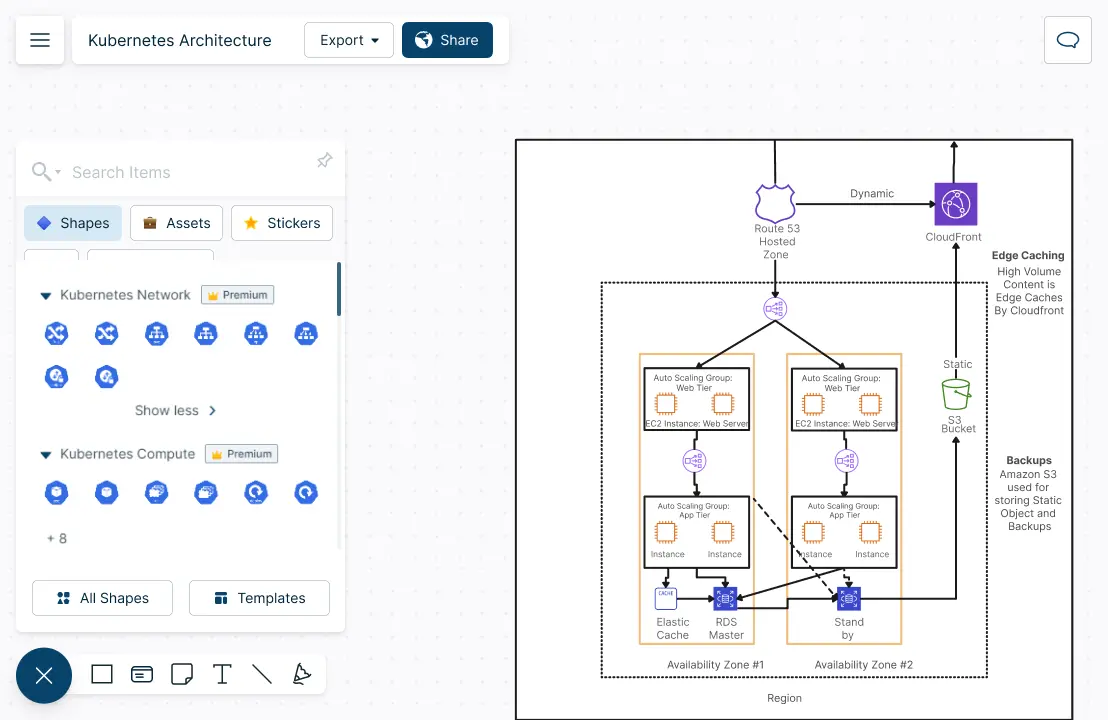
Collaborate with Teams & Developers, Anytime, Anywhere

Real-time cursors to track changes made by others on a shared canvas.
Comment with context, have discussions and follow-ups on the same canvas. Async!
Full version history to keep track of iterations and revisions.
Multiple access levels and roles to share, edit, & review the design as required.
A Centralized Repository for Deployment & Management
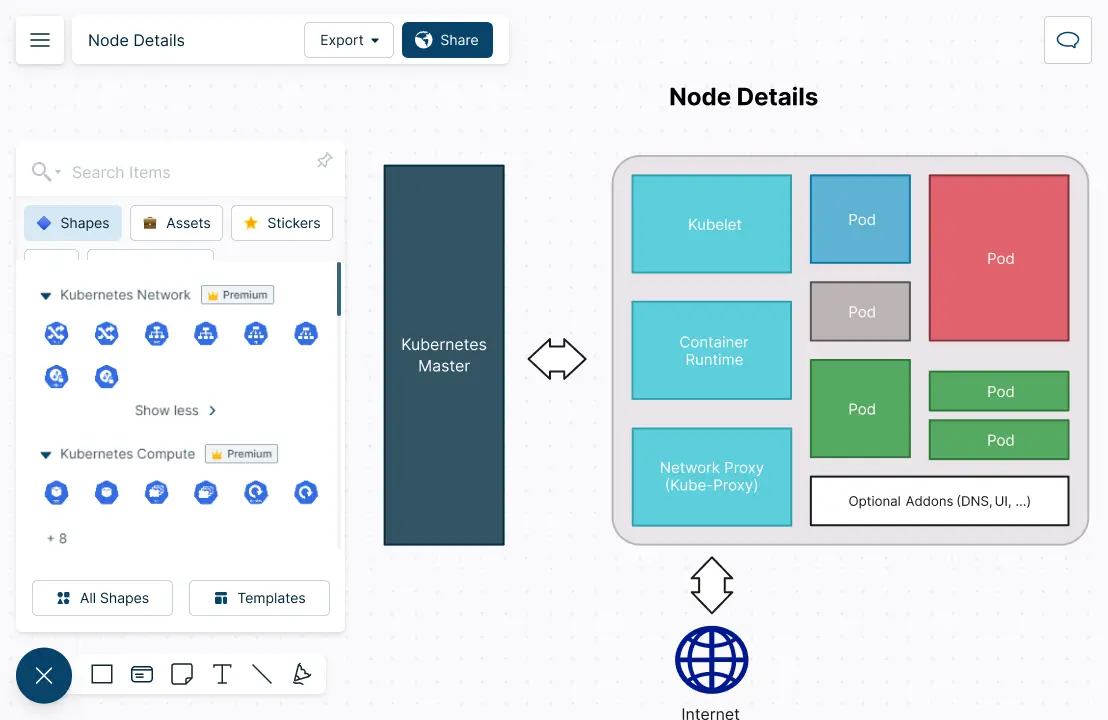
Document statuses to track design stage and approval flows with kubernetes compute shapes.
Connect your existing tools & workflows with powerful integrations using kunbernets network shapes.
Export and download as SVG, PNG, JPEG, or PDF to share, publish, or embed.
Embed your kunbernets architecture diagrams securely in any site, intranet or app.

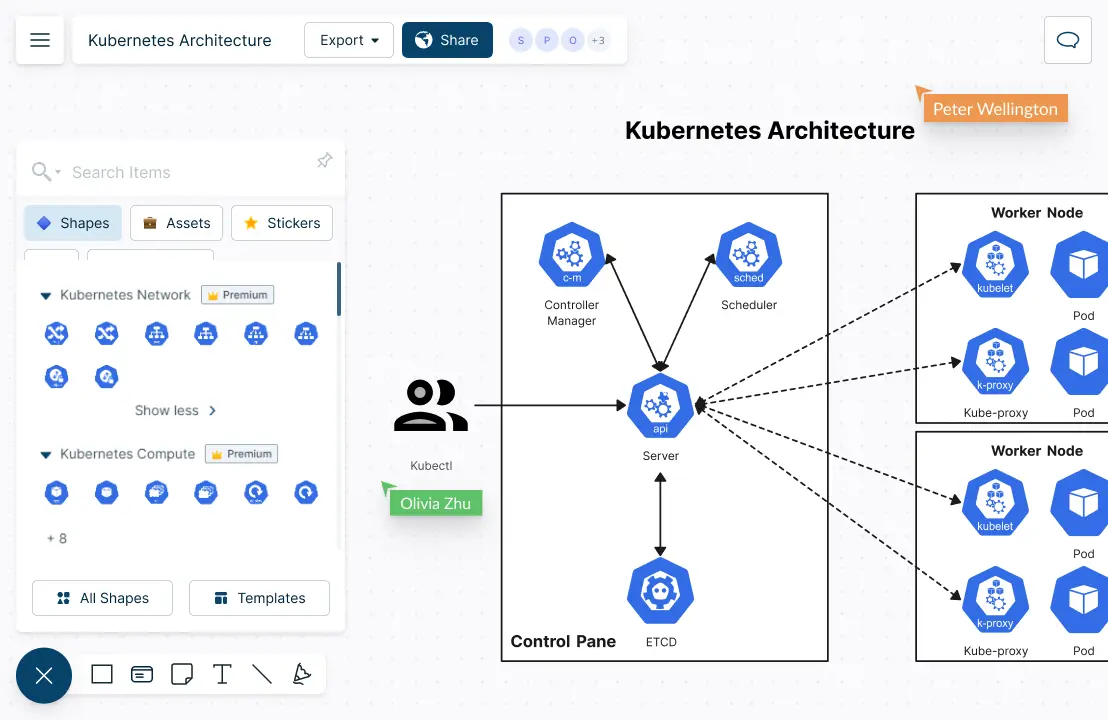
Advanced Features to Optimize Kubernetes Diagrams

Organize your data and build a presentation flow for your k8s diagrams.
Document information on k8s clusters, successful API’s & optimization plans.
Provide more context to Kubernetes diagrams with integrated notes.
Shape data with additional data fields to add labels and annotations.
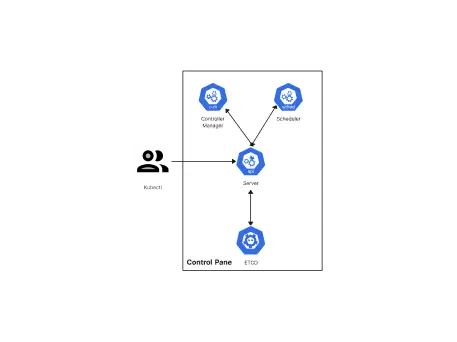
What is a Kubernetes Architecture Diagram?
How to Create Kubernetes Architecture Diagrams with Your Team in Creately?
Create a Common Workspace
Set up a collaborative workspace on Creately where team members can access and contribute to the Kubernetes architecture diagram design in real-time.
Gather Information
Collect all necessary details from relevant stakeholders to ensure a comprehensive understanding of the Kubernetes architecture process and requirements.
Brainstrom Process Steps
Organize brainstorming sessions with stakeholders to identify and outline each step involved in the Kubernetes architecture, ensuring all key details are captured.
Select a Kubernetes Architecture Diagram Template
Choose an appropriate template from Creately’s extensive template library, or opt to draw the diagram from scratch using Creately’s wide range of shapes and icons.
Connect Icons and Clusters
Utilize Creately’s Plus Create feature to connect various Kubernetes architecture shapes, icons and clusters, ensuring they follow the correct sequence and logical flow of the Kubernetes architecture.
Style the Kubernetes Architecture Diagram
Customize the appearance of your diagram using Creately’s shape settings. Add key data for each process step using the data panel to provide additional context and clarity.
Share for Collaboration
Share the diagram with team members, reviewers, and editors, enabling them to view and edit the Kubernetes architecture in real-time, fostering collaborative development.
Monitor Changes
Monitor changes made by collaborators using the multi-cursor feature on the canvas in real-time or by reviewing the version history. Revert to previous versions if necessary.
Gather Feedback
Collect feedback and suggestions from team members and stakeholders using Creately’s in-line commenting feature, facilitating clear and organized discussions.
Finalize and Export
Once the diagram is finalized, use Creately’s integration with Google/Microsoft add-ons, embed it in an email or website, or export it in various formats including SVG, PDF, and PNG for sharing and presentation purposes.
FAQ about Kubernetes Diagrams
What can you do with Kubernetes?
A key advantage of using Kubernetes in your environment, especially if you are optimizing app dev for the cloud, is that it gives you the platform to schedule and run containers on clusters of physical or virtual machines.
With Kubernetes you can also;
Control and automate application deployments and updates
Mount and add storage to run stateful apps
Make better use of hardware to maximize resources needed to run your enterprise apps
Scale containerized applications and their resources on the fly
Health-check and self-heal your apps with autoplacement, autorestart, autoreplication, and autoscaling
What are key components of Kubernetes?
Following are some of the many important concepts used in Kubernetes.
Clusters - A cluster is a collection of host storage and networking resources that Kubernetes uses to run the various workloads involved in a system.
Node - A node is a single host. It can be a virtual or a physical machine and its job is to run pods.
Master - The master is the control plane of Kubernetes. It comprise of several components such as an API server, a scheduler, and a controller manager.
Pod - A pod is a unit of work in kubernetes. A pod contains one or more containers and they are always scheduled together.
Why is it important to diagram Kubernetes architecture?
Diagrams improve documentation clarity and comprehension. Kubernete architecture diagrams helps,
Kubernetes users and stakeholders quickly grasp concepts and retain information
Develop the structure and content of your contribution
Document software architecture for troubleshooting and maintenance
Evaluate and manage system resources for efficiency
Streamline work across teams and to keep collaboration seamless when managing applications
How can I share my Kubernete architecture diagram in Creately?

